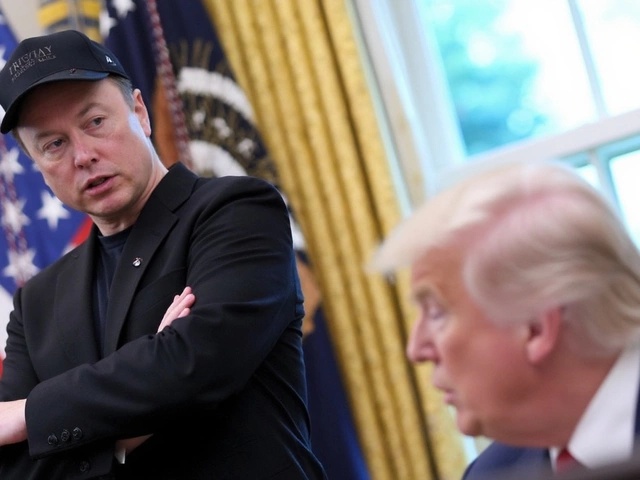Rolls-Royce Share Price: Can It Soar to £10 Amidst Volatility?
Is Rolls-Royce on Track for a £10 Share Price?
Watching Rolls-Royce climb back from the doldrums to over £8 a share feels almost like witnessing a comeback story. As of June 2025, ticker-watchers have seen the stock power ahead under CEO Tufan Erginbilgic’s cost-squeezing and restructuring efforts. But the big question looms: is a £10 share price realistic, or is it just wishful thinking?
Right now, Rolls-Royce trades around 809.60p on the London Stock Exchange — that’s a recovery plenty of fans barely dared hope for two years ago. Erginbilgic’s strategy focused on aggressive cost cuts, selling off non-essential operations, and zeroing in on more profitable areas. This has been a confidence booster for investors, especially after the company’s pandemic-era troubles left it teetering on the edge.
Still, the experts can’t agree where the stock is heading. According to the latest data, a dozen Wall Street analysts averaged their price targets at 801.17p, with a wild range — the lowest at just 240.28p and one optimist calling for 1,001.16p. That top end lines up with the magic £10 mark. But if you look at other research shops, things get a bit less rosy: Investors Chronicle lists a median target of 635p from 16 analysts, with numbers running from 450p to 850p. Over at Yahoo Finance UK, they’re suggesting 609p, and the folks at Investing.com have landed on 603p. It’s hard to ignore: most analysts don’t see a steady cruise to £10 just yet.
Analyst Optimism Meets Market Realities
The scene looks even more cautious when you check in on Rolls-Royce’s American Depositary Receipt (RYCEF). On June 10, 2025, it was selling at $12.22, but machine-driven forecasts predicted a drop to $9.74 in a year and just $10.39 in five years. To put it bluntly, that’s a projected slide of over 20% short-term and 34% for the longer haul. Some market voices have dialed the caution up higher, with one analyst warning of a possible 70% correction that could bring Rolls-Royce’s price-to-earnings ratio down to bargain-basement levels.
But it’s not all gloom. Rolls-Royce’s fundamentals have been improving. The civil aerospace operation is riding the comeback in long-haul international travel, and global tensions have created new demand for its defense division. There’s also fresh momentum in its power systems business — especially as the world chases renewable energy growth.
Still, if you’ve followed Rolls-Royce’s stock for any length of time, you know that volatility is part of the ride. Any shock — whether it’s an airline blip, supply chain snarl, or a flare-up somewhere on the world stage — can move the price fast. That exposure to global events is thrilling on a good day and nerve-wracking on a bad one. Investors have to ask themselves if they believe in Erginbilgic’s vision and whether external boosts, like a bigger rebound in flying or surging defense budgets, will tip things toward that £10 finish line.
- Sustained earnings growth
- Ongoing margin improvement
- A stable or improving global economic backdrop
- No disruptive macro events
Those are just some of the ingredients Rolls-Royce needs to make the most ambitious forecasts a reality. If the company keeps up its current pace — and if luck tips its way — the Rolls-Royce share price could eventually flirt with that elusive £10 mark. Until then, this remains one of the UK’s most closely watched financial dramas.





